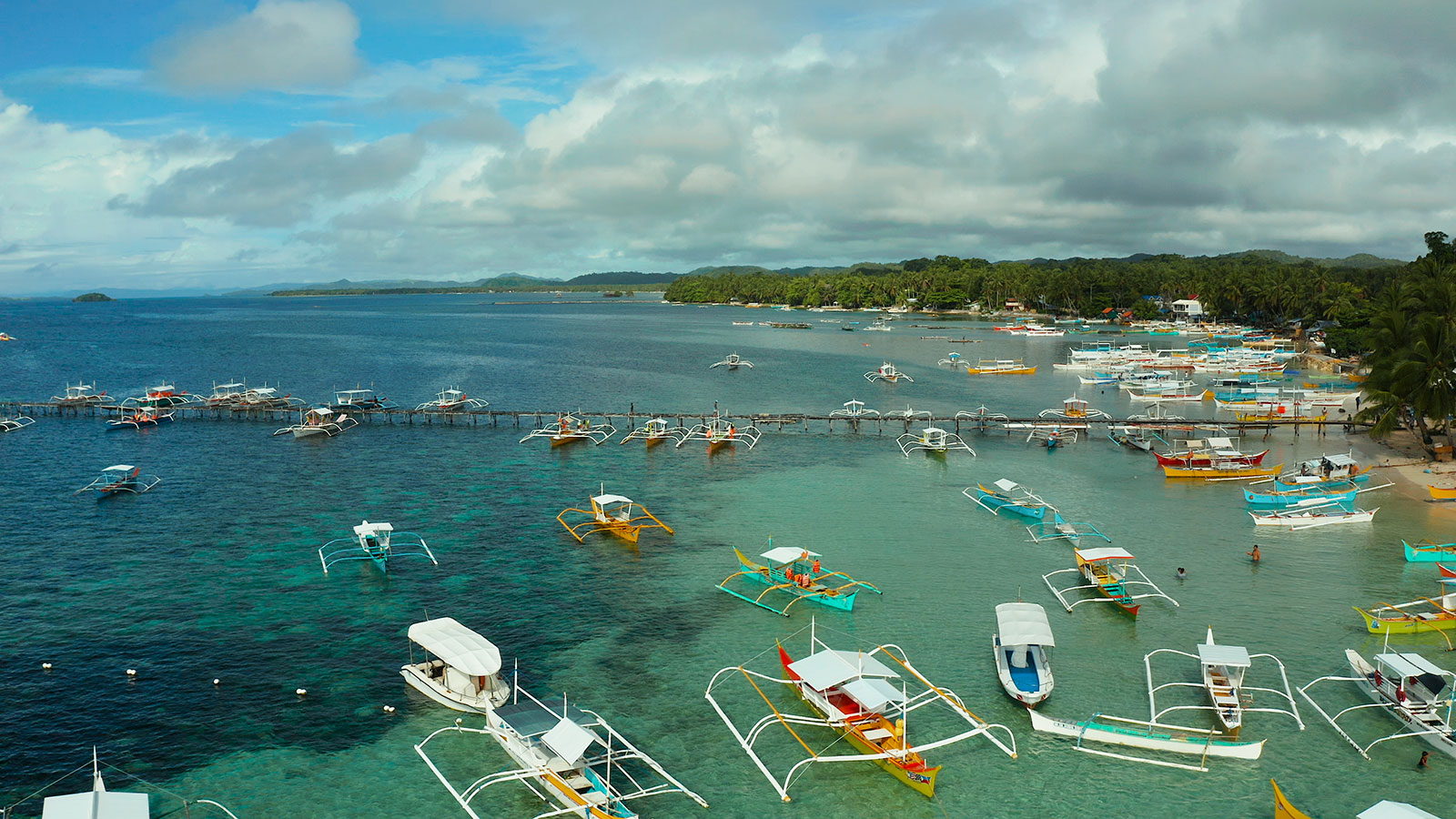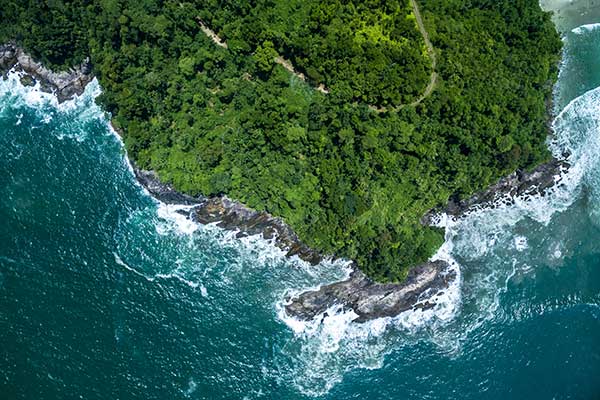
Oceans
Oceans cover 71 percent of the earth, have absorbed 93 percent of the excess heat from the greenhouse gas emissions since the 1970s, and capture 30 percent of anthropogenic carbon dioxide from the atmosphere. 40 percent of the word’s population—over 2,800,000,000 people—lives within 100 kilometers of the coast.
Oceans are the next big nature-based solution. When oceans win, the climate wins.
The resilience of the ocean, however, is not unlimited. Changes to the climate and biosphere have significant impacts on our oceans. These impacts include warming, acidification, deoxygenation, sea level rise, and altered currents and oceanographic conditions. The climates have accelerated significantly in recent years, and all have significant impacts on people, nature, and economies.
The wide range of climate change impacts on the oceans demands urgent action and investment to protect marine environments, coastal zones, biodiversity, people, and economies. The level of mitigation called for by the Paris Agreement can only be achieved with increased attention to marine and coastal ecosystems. Oceans are on the front lines of global change and are also some of our best toolkits for scalable and cost-effective solutions.
Ocean Facts
- Mangroves, seagrasses, and kelp beds can sequester 10 times more carbon per unit area per year than most forests.
- Coastal ecosystems can store twice as much carbon in sediments and biomass as forests.
- Restoring coastal wetlands to their 1990 extent would sequester 160 megatonnes of carbon per year.
- Three billion people directly rely on oceans for food and livelihoods, the majority of whom live in developing countries.

The Carbon Institute’s Work
The Carbon Institute’s work to build capacity for marine landscape nature-based solutions provides coordination and support for the following initiatives: Kainaki II Declaration and the Marrakech Partnership for Global Climate Action. Read more about our initiatives below.

